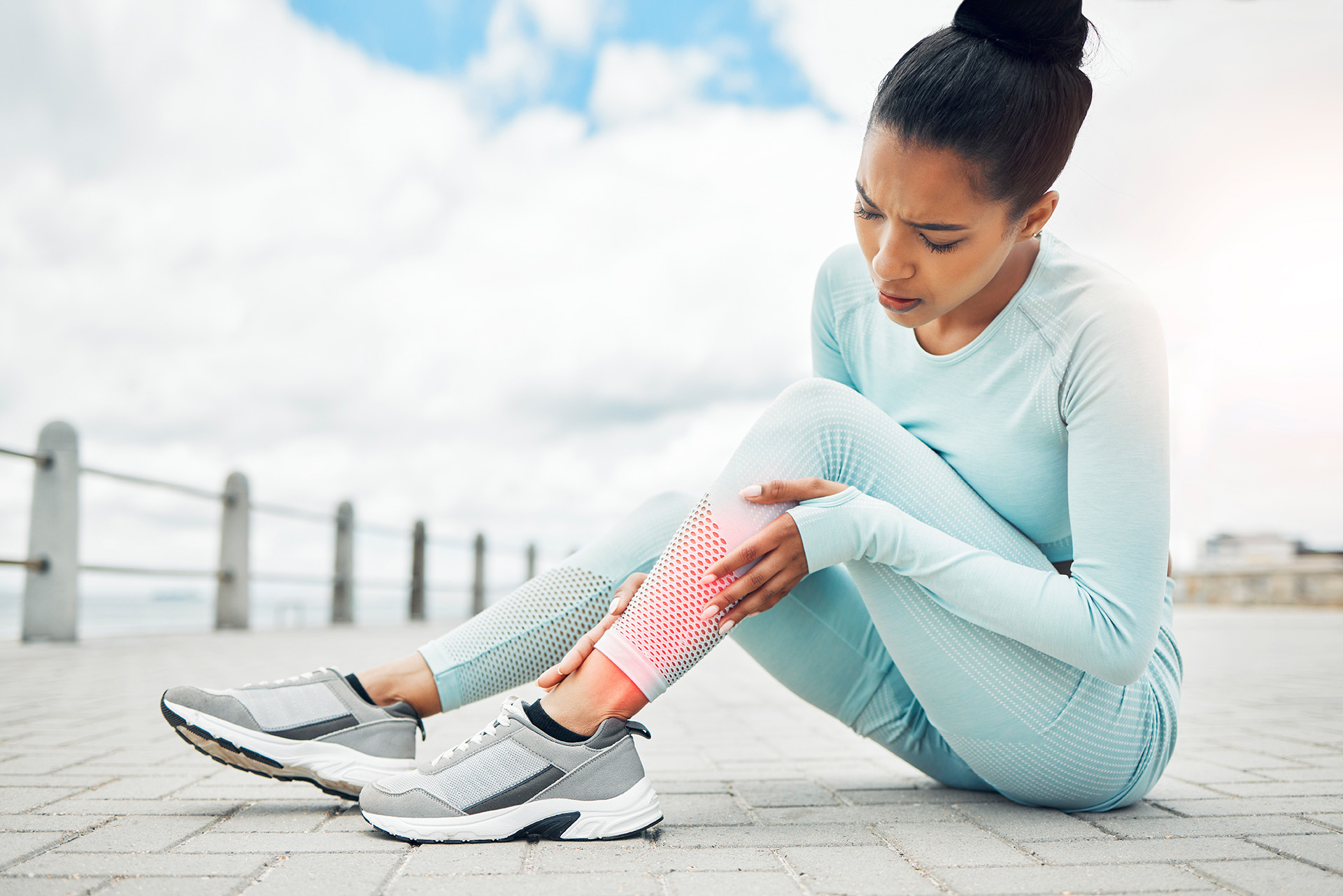That annoying ache at the base of your big toe is a bunion, a bony deformity that forms when your big toe points out and a bump develops at the joint. This complex biomechanical issue affects how your foot functions with every step, and can worsen over time if not properly managed.
The big toe joint, medically known as the first metatarsophalangeal (MTP) joint, is the key to propelling you forward when you walk or run. When this joint becomes misaligned due to bunion formation, it creates compensatory movements that can affect the function of your foot and your entire kinetic chain. A frequent podiatric aid is orthotics, custom-made soles designed to alleviate undue pressure on the wrong parts of your feet. It’s worth understanding how orthotics can help alleviate bunions, so you can do what is best for your feet.
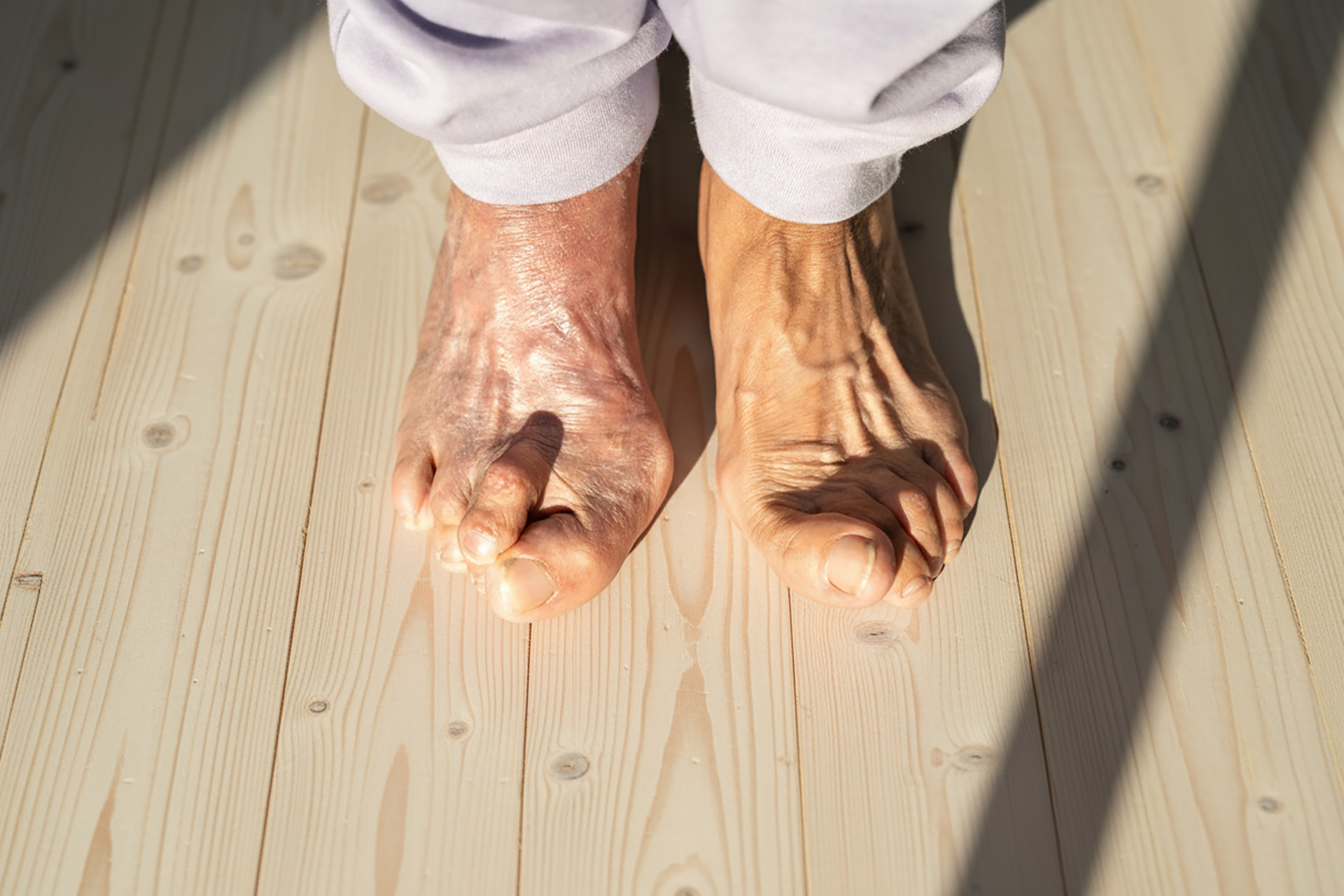
What Are Bunions and How Do They Form?
A bunion occurs when the big toe deviates towards the smaller toes while the first metatarsal bone and the toe bone shift in the opposite direction. This creates the bony prominence signature of a bunion. However, the visible bump is merely the external manifestation of the deeper structural misalignment that causes inflammation, pain, and affects daily activities.
Genetics play a significant role in bunion development, as certain foot shapes and structural patterns are often inherited. If your family has a history of bunions, you may be predisposed due to risk factors such as joint flexibility, bone structure and ligament laxity.
While genetics play an important role, lifestyle choices pose the most significant risk. Years of wearing narrow, pointed shoes or high heels exacerbate the natural tendency towards bunion formation by forcing the toes into unnatural positions. Importantly, not all bunions are equal. Some are more severe or possess different characteristics, necessitating different treatment plans.
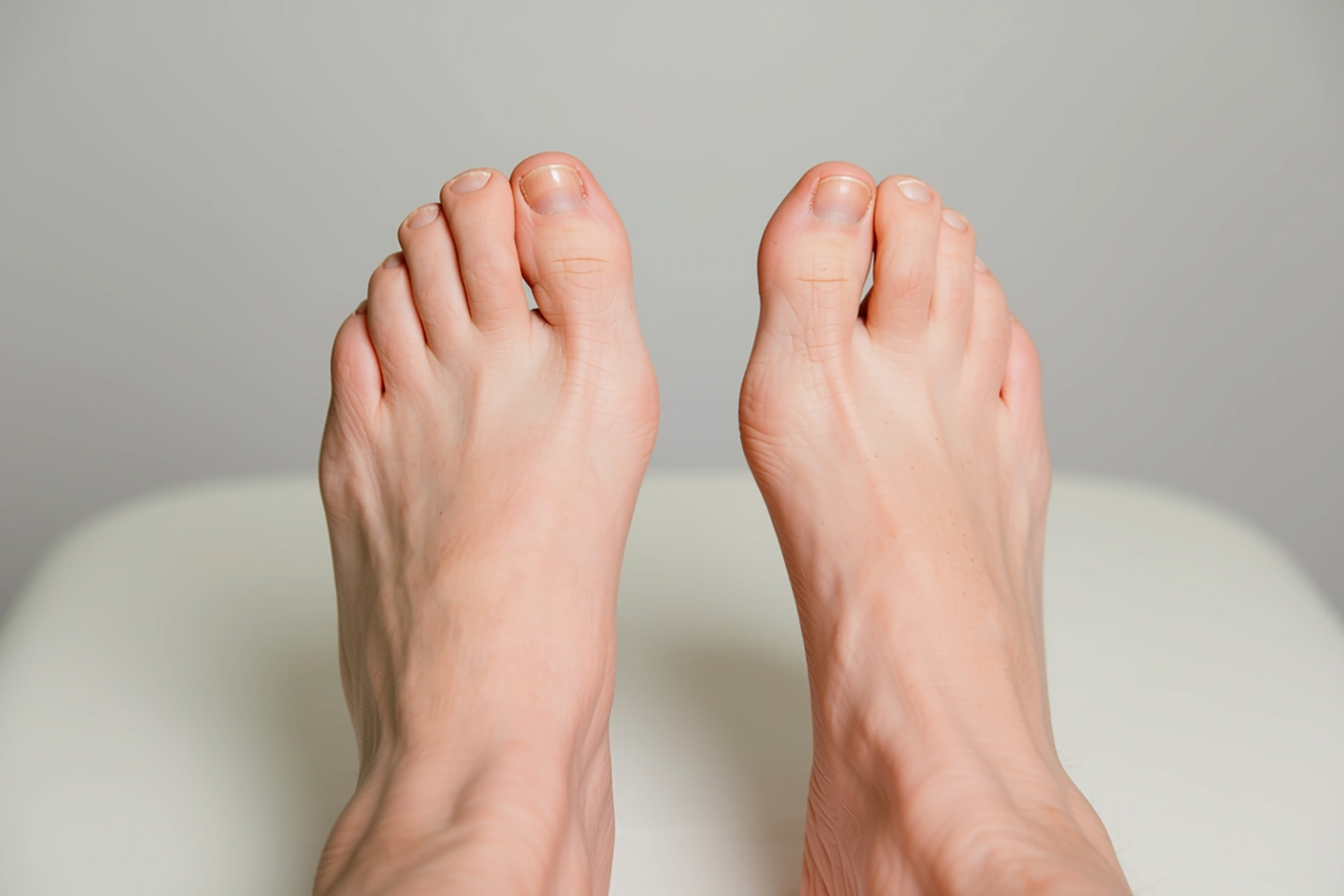
Biomechanics and Bunions
The relationship between foot biomechanics and bunion development is complex and multifaceted. People with flat feet or excessive pronation experience increased stress across the forefoot during the push-off phase of gait. This repeated stress can destabilise the MTP joint and contribute to bunion formation and progression.
The subtalar joint, located beneath the ankle, plays a significant role in this process. When this joint is abnormal, it creates compensatory movements that travel up the kinetic chain and affect the big toe joint. This is why orthotics are designed to address these underlying biomechanical issues rather than just providing uniform cushioning across the foot.
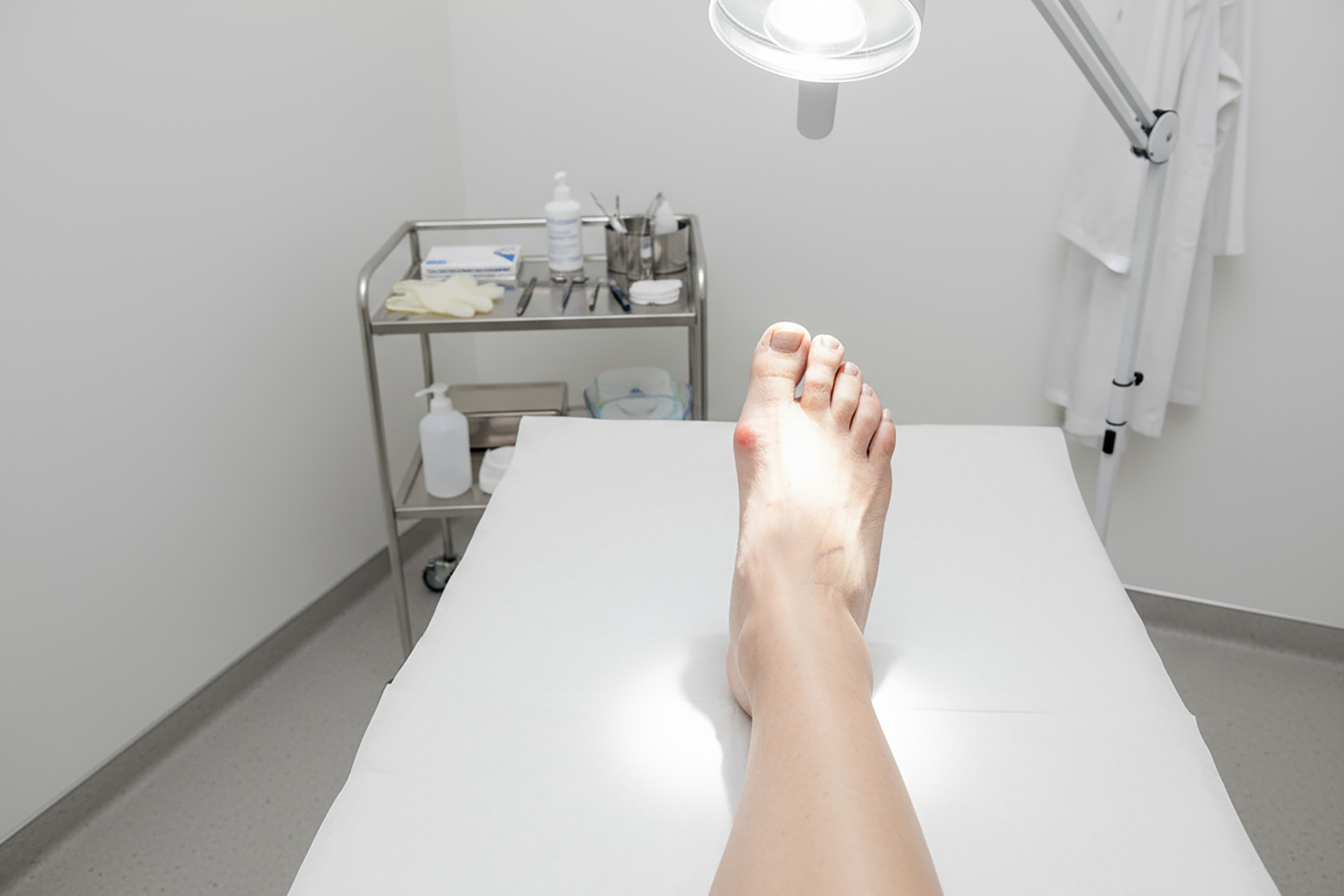
Symptoms Beyond the Bump
While the visible prominence is often the first concern, bunion symptoms extend far beyond aesthetics. Pain typically manifests as soreness, swelling and stiffness around the MTP joint, especially after activity, or when wearing restrictive footwear.
Secondary complications develop as the foot compensates for the unnatural biomechanics. Pain in the ball of the foot occurs as weight shifts from the painful big toe onto the adjacent metatarsal heads. Hammertoe deformities often develop in the smaller toes, while corns and calluses form due to abnormal pressure points and friction.
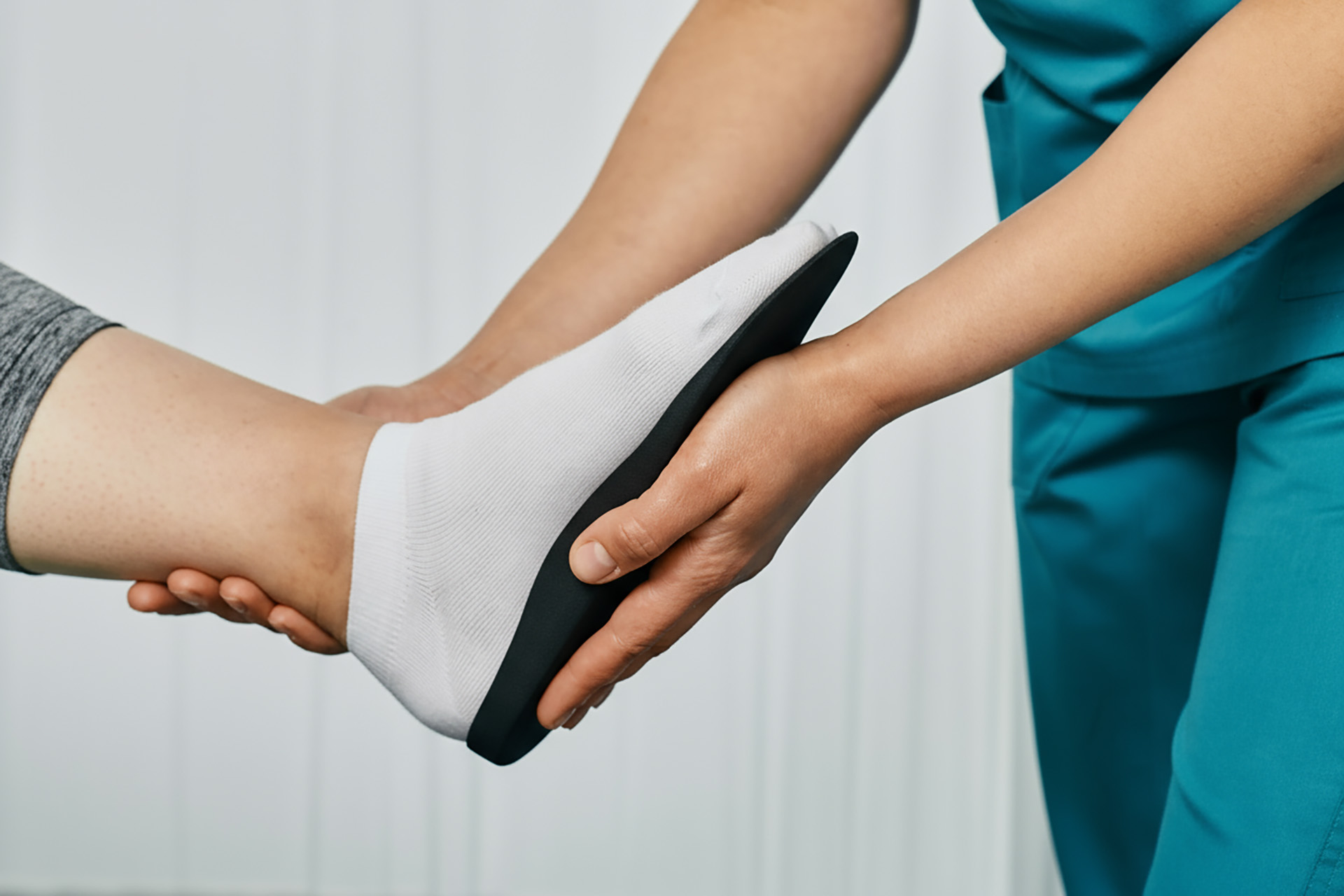
Do Orthotics Help Bunions?
Custom orthoses are personalised devices that support foot structure, correct abnormal motion, and improve overall foot and lower limb alignment to manage bunion-related problems. This personalised approach is very different to generic over-the-counter inserts, which may provide some cushioning but can’t address individual biomechanical variations.
If you are wondering, ‘Do orthotics help my bunions?’, the answer is yes. Orthotics can help manage bunion symptoms by reducing pain, improving foot function, and potentially slowing the progression of the deformity. Early detection and assessment of your bunion severity is important in determining how much orthotics can help manage or slow the progression of your bunions. While orthotics cannot reverse bunion deformities once the bone has changed, they can still provide effective relief from pain and discomfort.
Orthoses work by redistributing pressure across the forefoot and reducing stress on the already compromised MTP joint. Bunion orthotics are specifically designed to address the needs of individuals with bunions, alleviating pain and improving comfort. Custom insoles, made from detailed impressions of your feet, can address the biomechanical abnormalities contributing to your bunion symptoms.
The effectiveness of orthotic intervention is most pronounced in early- to moderate-stage bunion cases, where joint mobility is still preserved. In these situations, orthotics can help maintain joint alignment during weight-bearing activities and reduce the abnormal forces that drive bunion progression.
Research shows that orthoses can help alleviate the symptoms of bunions, including pain management and functional improvement, even when structural changes can’t be reversed. Orthoses are often recommended as part of a comprehensive bunion management plan, which may also include physiotherapy, footwear advice and other conservative measures.
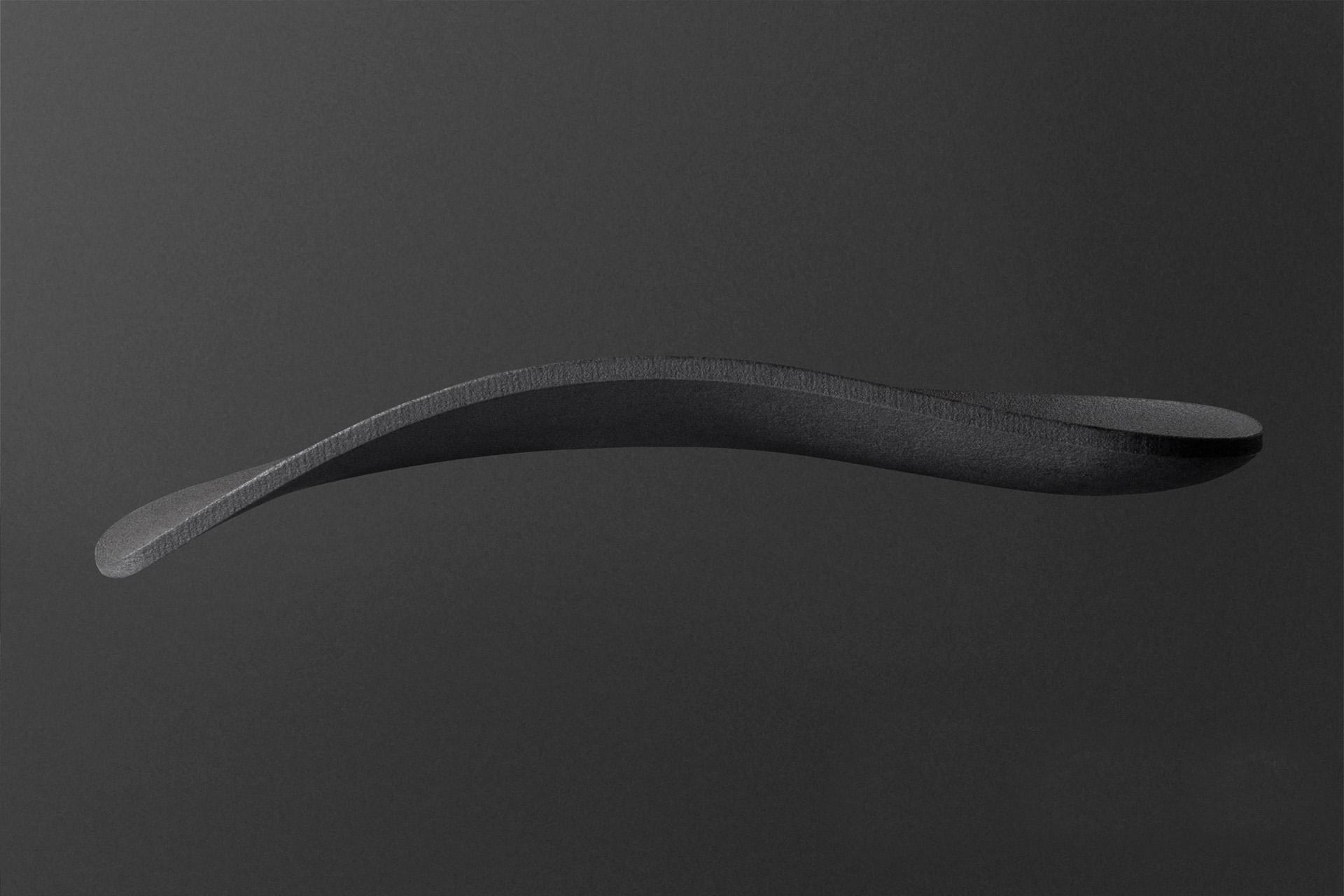
Comprehensive Management Approaches
Bunion management at The Foot Practice goes beyond simple orthotic prescription to encompass a comprehensive strategy. Footwear assessments are a crucial part of this approach, helping patients understand how their shoe choices impact bunion symptoms and progression. Shoes with wider toe boxes, lower heels and adequate depth can reduce pressure on sensitive areas.
Advanced gait analysis techniques, such as the RehaWalk® pressure sensor treadmill system, enable podiatrists to identify subtle abnormalities in foot function that may contribute to bunion pain and progression. This helps podiatrists better understand the foot, with data on pressure distribution patterns and timing abnormalities that they cannot see with the naked eye.
Mobilisation exercises targeting the MTP joint and surrounding structures can help maintain flexibility and reduce stiffness. These exercises, when combined with targeted strengthening of the intrinsic foot muscles and the calf complex, can improve overall foot function and reduce compensatory patterns.
Shockwave Therapy is an innovative adjunct treatment option for managing bunion-related pain and inflammation. This non-invasive technique utilises acoustic waves to stimulate healing and reduce pain signals, often providing relief when other solutions are ineffective.
Anti-inflammatory strategies, including appropriate use of ice therapy and topical treatments, can help manage acute bunion pain flare-ups. Importantly, these measures are not sufficient to tackle the problem and should be used in conjunction with other podiatric management strategies, such as orthotics, to provide comprehensive symptom management and support.
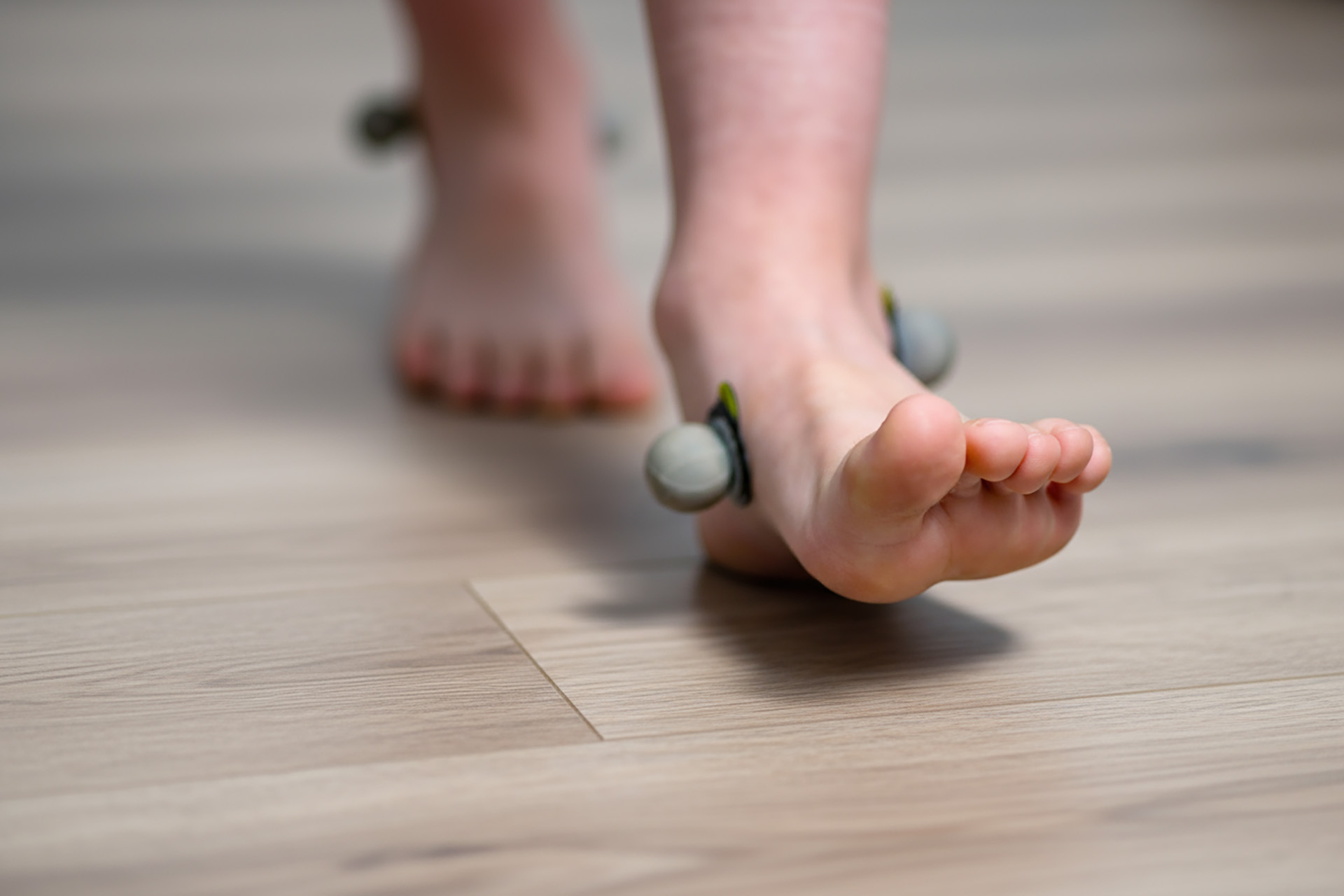
When Orthotics Are Not Enough
Despite their effectiveness in many cases, orthotics have limitations in managing advanced bunion deformities. When structural changes become severe with significant joint destruction or constant pain that limits daily activities, bunion treatment options may only provide minimal relief.
Signs that surgery may be necessary include severe deformity that prevents normal shoe fitting, constant pain that does not respond to conservative measures and progressive loss of mobility that affects quality of life. However, the decision should always be made in consultation with an experienced podiatrist who can assess your individual situation.
Bunion surgery is a corrective procedure done when conservative bunion treatments don’t work or when the bunion deformity is severe. It is not a cosmetic operation, but rather a procedure to restore function and relieve pain. A professional assessment and referral are necessary to determine if bunion surgery is the right treatment option for your condition.
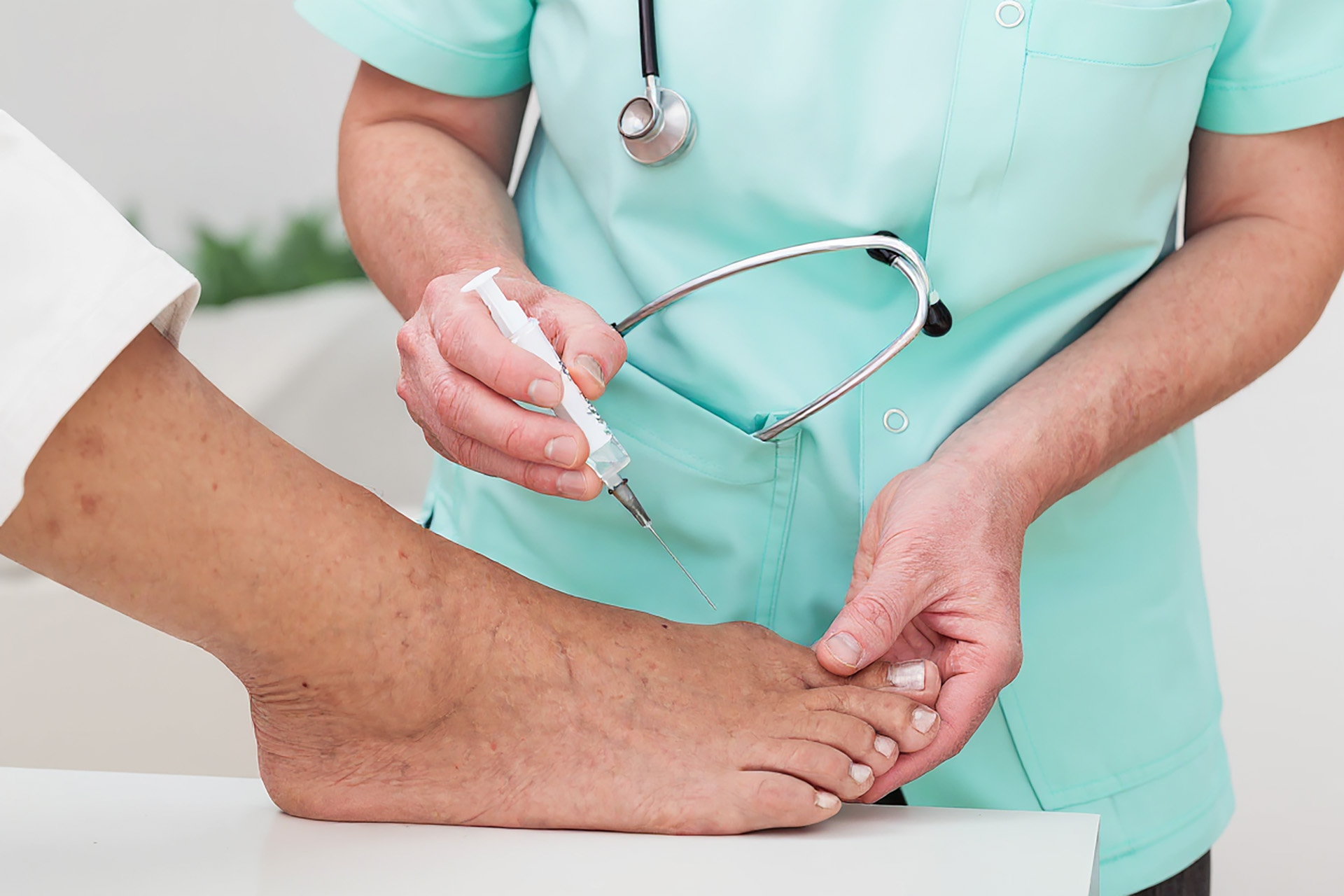
Prevention and Long-Term Management
Successful bunion management requires a holistic approach that combines orthotic therapy, proper footwear, and lifestyle modifications. One of these modifications is weight management, as reducing the overall load on your forefoot can have a significant impact.
Regular podiatric check-ups enable the monitoring of bunion progression and the adjustment of bunion care strategies as needed. This proactive approach can identify changes early and implement appropriate interventions before symptoms become severe.
Start Managing Your Bunions Today
If you’re struggling with bunion pain, don’t let it limit your activities or quality of life. The experienced podiatrists at The Foot Practice combine advanced diagnostic techniques with evidence-based management approaches to develop personalised solutions for your bunion concerns. Contact us today to schedule a comprehensive assessment and discover how we can help you return to comfortable daily activities.


